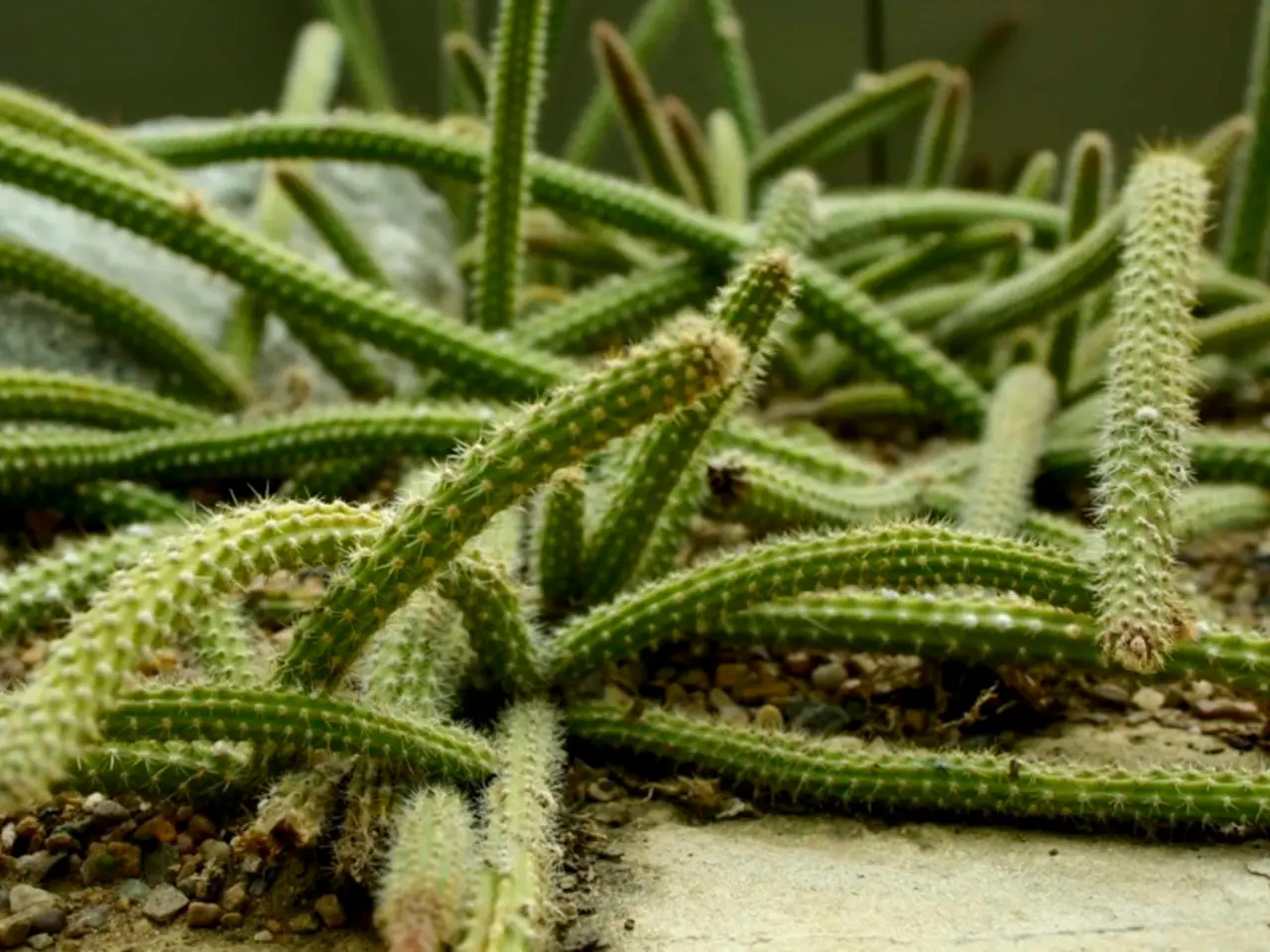A Comprehensive Walkthrough on Cultivating Daffodils!
For those seeking to bring a splash of colour to their balcony or container garden, daffodils are an excellent choice. Known scientifically as Narcissus, these hardy flowering plants are known for their bright yellow, white, pink, and salmon blossoms, and their delightful aroma.
To ensure healthy daffodil growth and attractive container displays year after year, follow these key steps:
**1. Planting**
Choose healthy, firm daffodil bulbs without softness or rot. Plant them as soon as possible after purchase to ensure good flowering. The depth should be two to three times their height; for example, a 5 cm tall bulb should be planted 10 to 15 cm deep. Position the bulbs with the pointed (shoot) end facing upwards, and space each bulb at least twice its width apart to allow room for growth.
For containers, consider the "lasagna planting" technique, layering larger bulbs like daffodils deeper in the pot and adding smaller bulbs like crocuses near the surface for a layered effect. Choose pots with good drainage and fill them with well-draining potting medium to prevent bulb rot.
**2. Location and Watering**
Place containers in a location with full or partial sunlight to ensure healthy growth and flowering. Water the bulbs well after planting if the soil is dry, but avoid overwatering. During the growing season, keep the soil moderately moist but not soggy.
**3. Care During Growth and Flowering**
Daffodils are generally low-maintenance and don’t require fertilization if planted in good soil. However, you may feed with a balanced, slow-release fertilizer in early spring for a more vigorous display. Once flowers fade, allow the leaves to die back naturally. Do not cut foliage while green, as it is crucial for photosynthesis and replenishing the bulb for next year’s bloom.
**4. Maintenance Post-Flowering**
After leaves have yellowed and died back, you may trim them away. Daffodil bulbs in containers can be left undisturbed for multiple years. If the display diminishes, bulbs can be lifted, divided, and replanted after a resting period. Protect containers from extreme temperatures in winter by placing them in a sheltered spot or using insulation.
Before planting daffodils, deeply dig in lots of organic matter to aid drainage in thick soils. Daffodils prefer acidic soil and can be fertilized with a low-nitrogen, high-potassium fertilizer after flowering. Daffodils can thrive in full sun to full shade.
So, whether you're a seasoned gardener or just starting out, daffodils are an ideal choice for your container garden. Their bright blooms and pleasant aroma will undoubtedly bring joy to your spring garden.
- To have healthy daffodils in your container garden, it's crucial to plant them with the pointed (shoot) end facing upwards and space them at least twice their width apart.
- For better drainage in thick soils, before planting daffodils, deeply dig in lots of organic matter.
- After the daffodil flowers fade, avoid cutting the foliage while green as it is essential for photosynthesis and replenishing the bulb for the next year's bloom.
- Once the leaves have yellowed and died, you may trim them away, and daffodil bulbs in containers can be left undisturbed for multiple years.




